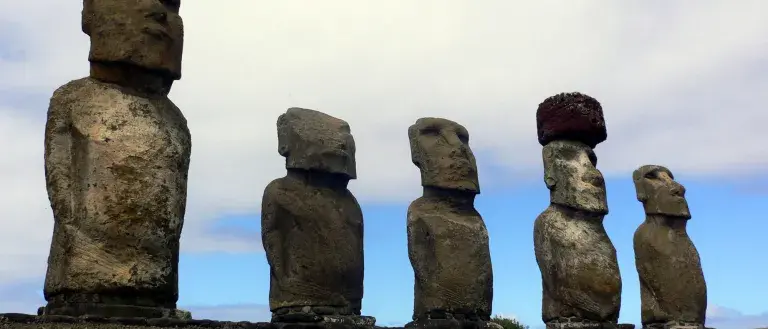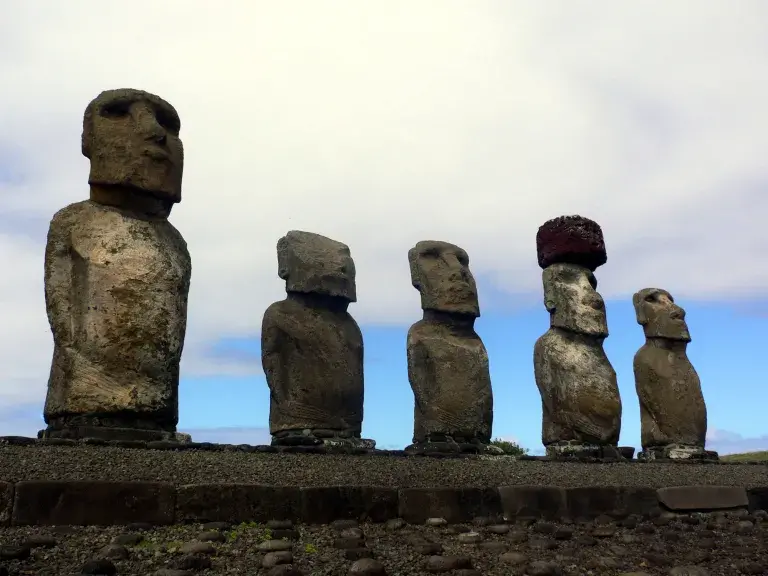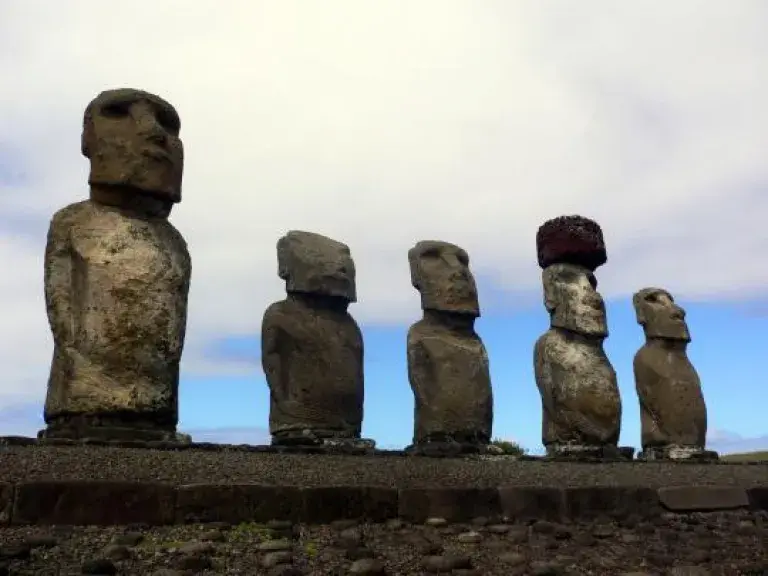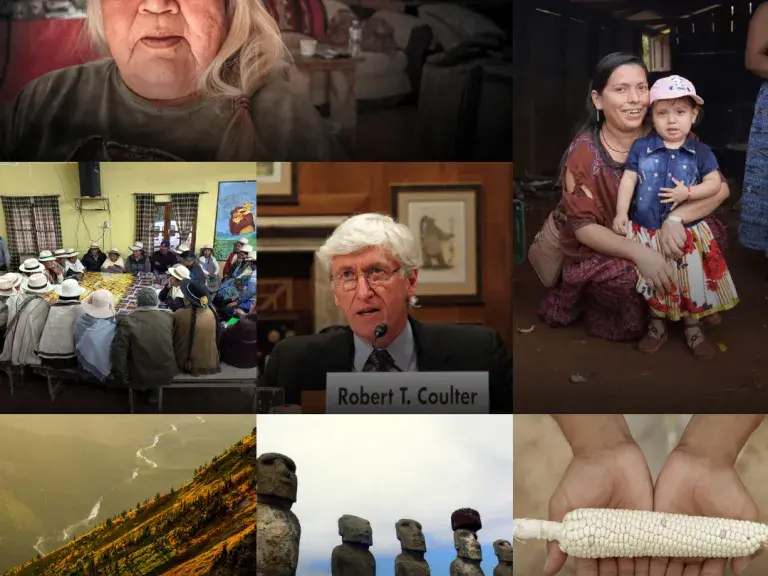
Almost by definition, Native American religions and spirituality are rooted in the land. Sacred sites often provide the physical foundation for a tribe’s creation stories, the thread that connects each new generation to their ancestors and knits them into the fabric of tribal culture and identity. The protection of Native sacred sites, and defending the ability to conduct rituals and ceremonies at these sites in privacy and without disruption, are therefore vital to maintaining and passing from generation to generation the distinct identities, traditions, and histories of Native peoples.
The use and protection of sacred sites is not merely a cultural or spiritual concern. It is a human right that has been identified and protected by international law. Article 25 of the UN Declaration on the Rights of Indigenous Peoples provides that:
“Indigenous peoples have the right to maintain and strengthen their distinctive spiritual relationship with their traditionally owned or otherwise occupied and used lands, territories, waters and coastal seas and other resources and to uphold their responsibilities to future generations in this regard.”
The Center uses a diverse approach that includes strategic communications, litigation and other advocacy aimed at guaranteeing religious freedom for indigenous peoples throughout the Americas.





